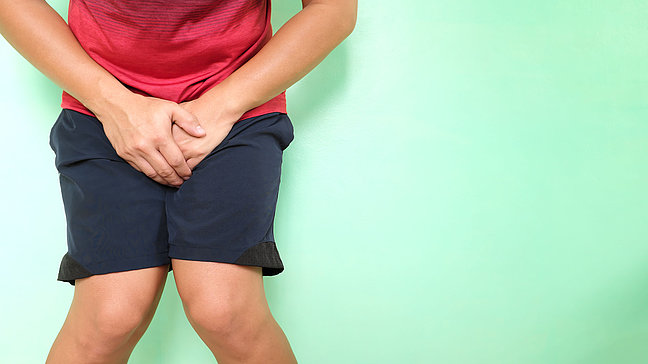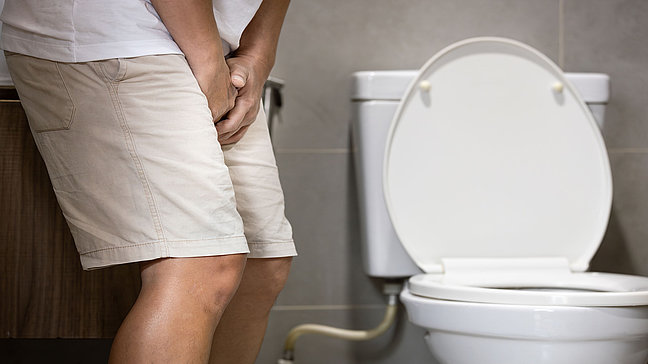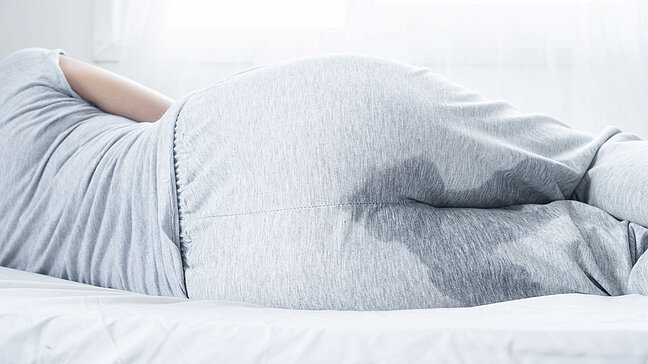
Urge incontinence
Causes of urge incontinence
Urge incontinence can be caused by various factors and conditions, including:
- Overactive bladder: Often the main cause, where the bladder contracts involuntarily even when it is not full.
- Neurological disorders: Conditions such as Parkinson's, multiple sclerosis, or strokes that impair nerve function.
- Bladder infections: Acute or chronic urinary tract infections that irritate the bladder.
- Irritating foods and drinks: Caffeine, alcohol, citrus fruits, and spicy foods can irritate the bladder and worsen urge incontinence.
Symptoms of urge incontinence
- Sudden, intense urge to urinate that is difficult to control
- Frequent urination, often more than 8 times a day
- Nocturnal urination (nocturia) leading to sleep interruptions
- Involuntary loss of urine before reaching the toilet
Diagnosis of urge incontinence
The diagnosis is made through a combination of medical history, physical examination, and urological tests. Diagnostic methods include a urinalysis to rule out infections or other problems, and a bladder pressure measurement (urodynamics) to assess bladder function and urine flow. In some cases, a cystoscopy may be performed to examine the inside of the bladder.
Treatment options for urge incontinence
- Bladder training: A common treatment method is bladder training, where the patient learns to better control the urge to urinate and extend the time intervals between urination.
- Medication therapy: Anticholinergics and other medications are often prescribed to relax the bladder muscles and reduce the frequency of involuntary bladder contractions.
- Botox injections: In severe cases, Botox injections into the bladder wall can help relax the muscles and reduce the urge.
- Nerve stimulation (neuromodulation): A minimally invasive procedure where nerves that control bladder function are stimulated to improve control over the urge to urinate.
Preventive measures for urge incontinence
A healthy bladder can be promoted by avoiding bladder-irritating substances such as caffeine and alcohol. Regular exercise and maintaining a healthy weight can also contribute to prevention. It is also helpful to empty the bladder regularly and perform bladder training to better control the urge to urinate.



